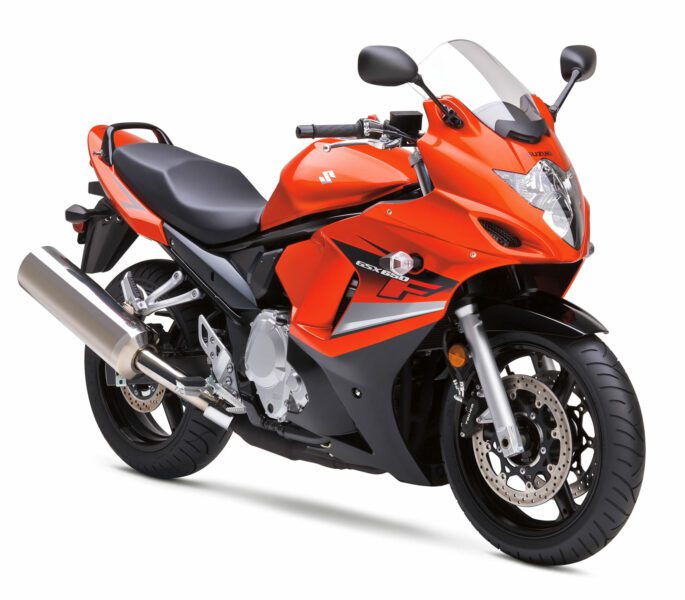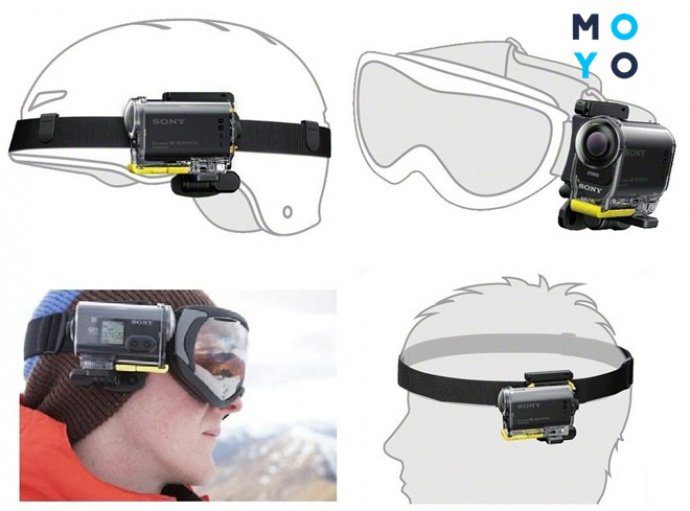
How to shoot well with an action camera (GoPro) on an ATV
Content
2010 was a key year for the democratization of onboard cameras.
Indeed, the emergence of the first Gopro with that name allowed everyone to film and share online or, more discreetly, with their relatives, their sporting feats, but not only.
Several years later, drones and other gyroscopic gimbals come into service, allowing you to add incredible stability to your videos, as well as pictures that until recently were unthinkable.
Today these materials, and in particular the onboard cameras, are reaching maturity and, combined with some smart accessories, allow you to shoot beautiful videos. The limit is no longer in the material, but in the imagination of the videographer.
What does it take to shoot well?
We won't dwell on the specifics of each camera model, but at least an onboard model would be required to shoot 60 to 240 images per second. In terms of resolution, be aware of the extreme resolutions from 720p to 4k.
Add to that a minimum storage capacity of 64GB, one or more batteries, a smartphone shooting at 720p at 60fps, and we arm ourselves to shoot well.
2 examples of 7D image on sjcam sjXNUMX:
- 720p 240fps: 23Go / 60min
- 4k 30fps: 26Go / 60min
Camera configuration
Here are the specs to consider and our customization guidelines:
- Resolution: from 720p to 4k
- Frame rate: 60fps (4k maximum) to 240fps (720p minimum) for accurate slow motion playback.
- Format: wide or supervisor (over 160 °).
- Date / Time: Make sure your camera is showing the correct date and time.
- ISO: Adjust the sensitivity in auto mode.
- White balance: Adjusts automatically.
- Exposure / Luminance Index: If available, set to “0”.
- Gimbal Steering / Stabilization: Activated if you do not have a dedicated gyro stabilizer.
- Rear screen auto off: activate for 30 seconds or 1 minute to save battery.
- Wifi / Bluetooth: Disable.
Prepare your equipment the day before departure
It may sound silly, but who has never scolded when taking out his camera, noting that the microSD card was left at home, that his battery was not charged, that his favorite adapter or his seat belts were forgotten.
So we can't say enough mountain bike ride she prepares... Apart from the usual logistics, which can take some time if you decide to shoot, it is better to prepare the day before.
Control List:
- charge your batteries,
- clear memory card,
- set up the camera correctly,
- prepare and check accessories,
- Collect your gear in a special bag so as not to overclock and save time when equipping.
Where and how to fix the camera?
There are several places for attaching the camera, and they can be changed during a walk, but all these manipulations should not be embarrassing and should not diminish the pleasure of walking. Some of the more interesting positions include:
- On the chest (with seatbelt) that allows you to see the cockpit and offers a fixed coordinate system (MTB hanger).
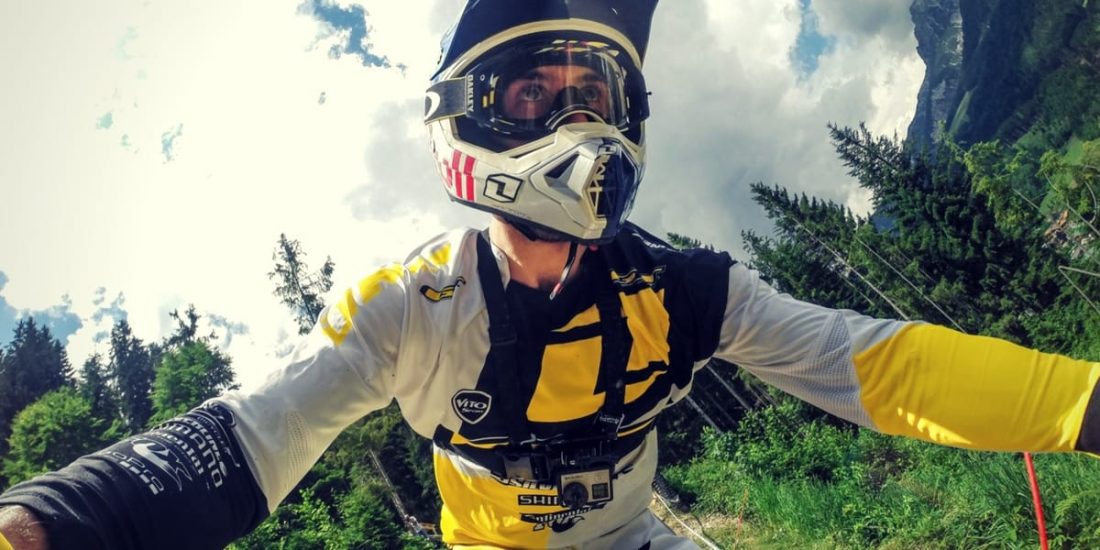
- On a helmet providing a higher and longer range of vision. However, be careful not to use the XC helmet because there is too much risk of movement, which is undesirable for the head protection function and for the camera, which becomes very vulnerable to falls and low branches.
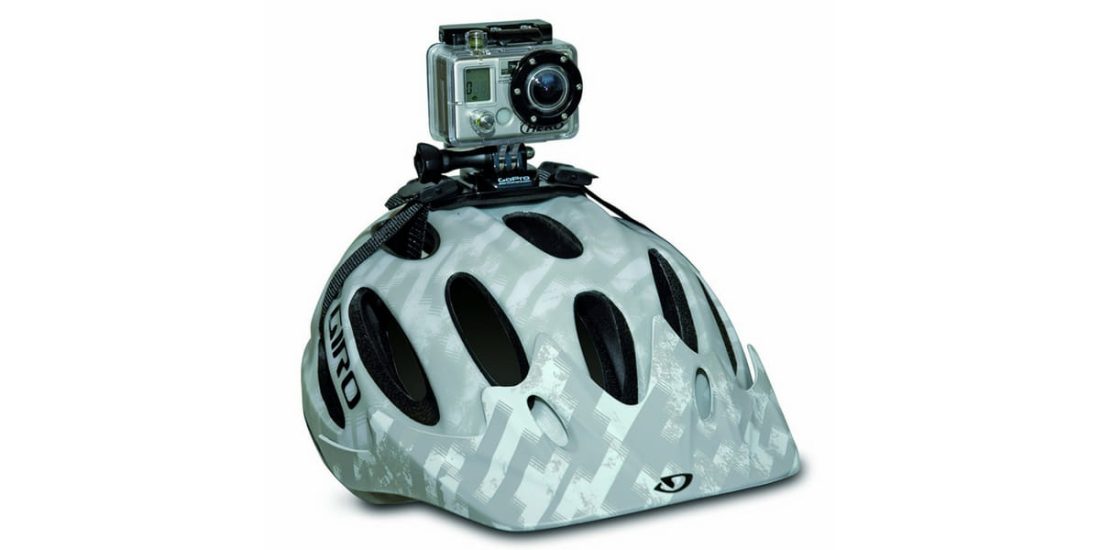
- On a mountain bike: handlebars, forks, chainstays, chainstays, seatpost, frame - everything is possible with special mounting brackets.
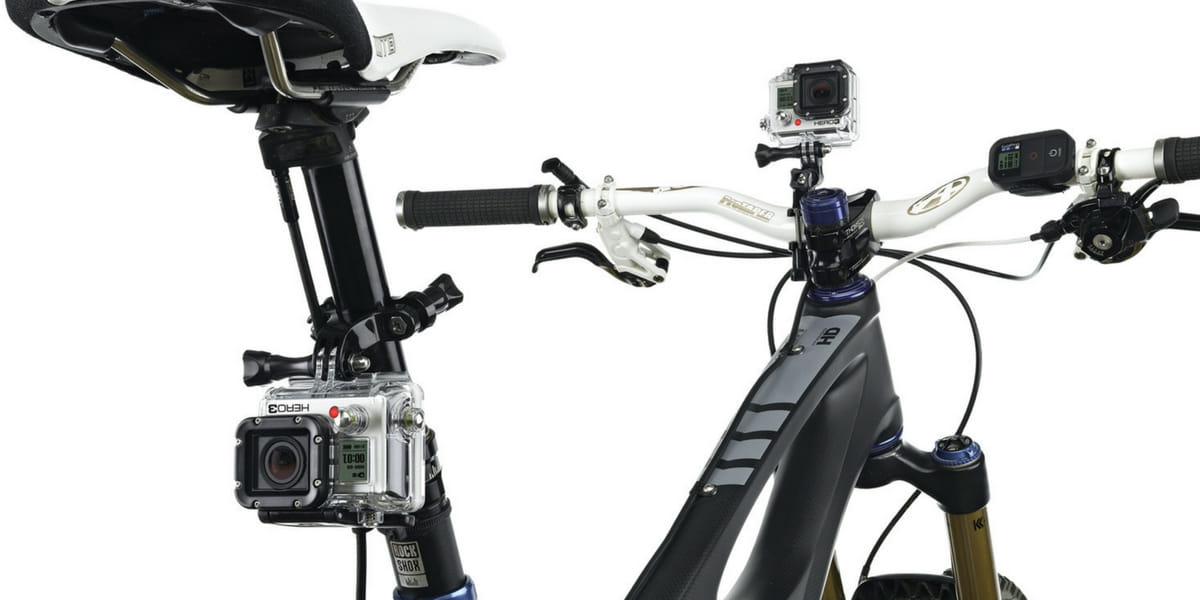
- On the pilot: in addition to a seat belt or helmet, the camera can be attached to the shoulder, wrist using special mounting kits.
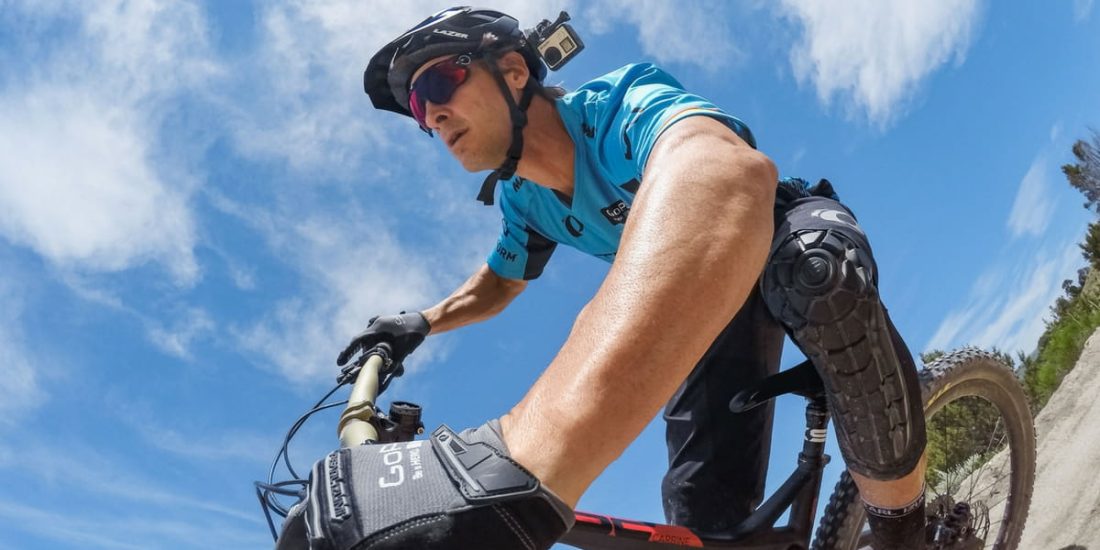
- Taking Photos: Don't forget a tripod, clamp, foot for attaching your camera and smartphone to the ground for taking photos.
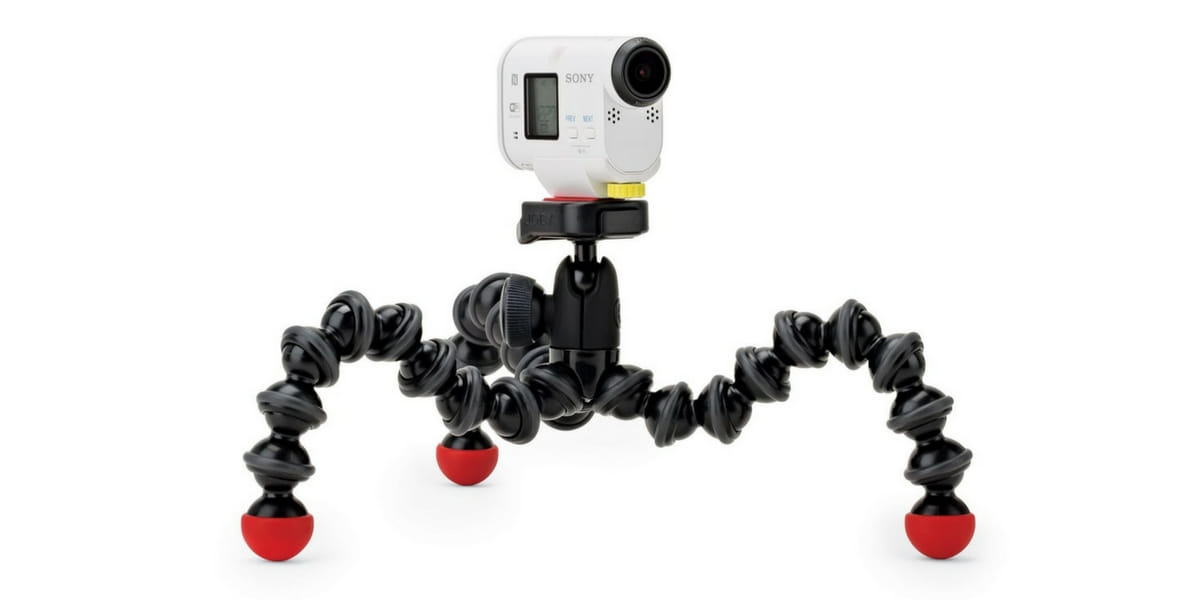
Glossary and video formats
- 16/9 : An aspect ratio of 16 wide x 9 high (i.e. 1,78: 1).
- FPS / IPS (Frame per second) / (Frame per second): A unit of measure for the speed at which the video images scroll (frame rate). At speeds over 20 images per second, the human eye perceives movements smoothly.
- Full HD : High definition resolution 1920 x 1080 pixels.
- 4K : The video signal is higher than HD. Its resolution is 3 x 840 pixels.
- ISO : this is the sensitivity of the sensor. By increasing this value, you increase the sensitivity of the sensor, but on the other hand, you generate noise in the image or video (the phenomenon of graininess).
- EV or luminance index : The exposure compensation function allows you to forcibly overexpose or underexpose the camera compared to the calculated exposure. On devices in general and on cameras, the headroom is adjustable and can be changed by +/- 2 EV.
